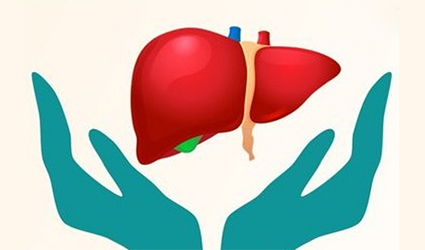Survival Rates After HCV-related Liver Transplant Rise on Administration of DAAs
July 23, 2018
Source: WorldHepatitisAlliance
 996
996

Investigators from Catalonia reported in the Journal of Hepatology that survival rate among hepatitis C virus (HCV) positive patients undertaking liver transplant have significantly risen after the administration of direct-acting antivirals (DAAs). DAAs also lead to a fall in the number of people with HCV requiring a liver transplant.
The authors note, “Although not unexpected considering the efficacy of these drugs, our findings suggest for the first time that the main problem of LT [liver transplant] programmes around the world, hepatitis C recurrence, will no longer impact on patient and graft survival. These results support and recognize those public health programmes that have permitted widespread access to DAA to hepatitis C patients with advanced liver disease, and encourage the policies aimed to expand the access to all patients with HCV infection.”
DAAs have transformed the management and prognosis of chronic HCV infection in patients. The therapy can attain cure rates in more than 90% of cases, including people with decompensated cirrhosis, if well endured.
Since HCV is the leading cause of referral for liver transplant in western countries, investigators in Catalonia wanted to observe the impact of DAAs on the composition of waiting lists for liver transplants and on short-term post-transplant survival.
Hence, data were analyzed from all patients admitted to the liver transplant waiting list in Catalonia between 2008 and 2016. The time period was divided into two stages: 2008 to 2013 when HCV was treated with interferons; and 2014 to 2016, when DAAs were used. The authors noted variations in reasons for liver transplants and post-transplant survival and analyzed the results.
By DduRead more on
- Things to Know before Buying Newborn Baby Incubators March 31, 2022
- Highly Resistant Food Poisoning Bug Responds to Antibiotics September 6, 2018
- Smartphone Based Diagnosis to Identify Mosquitoes Transmitting Infection September 5, 2018
- 3 Natural Plant Extracts Manufacturers on Drugdu.com September 4, 2018
- Shenzhen Chuanggan – Health Assessment Facility Supplier September 4, 2018
your submission has already been received.
OK
Subscribe
Please enter a valid Email address!
Submit
The most relevant industry news & insight will be sent to you every two weeks.



